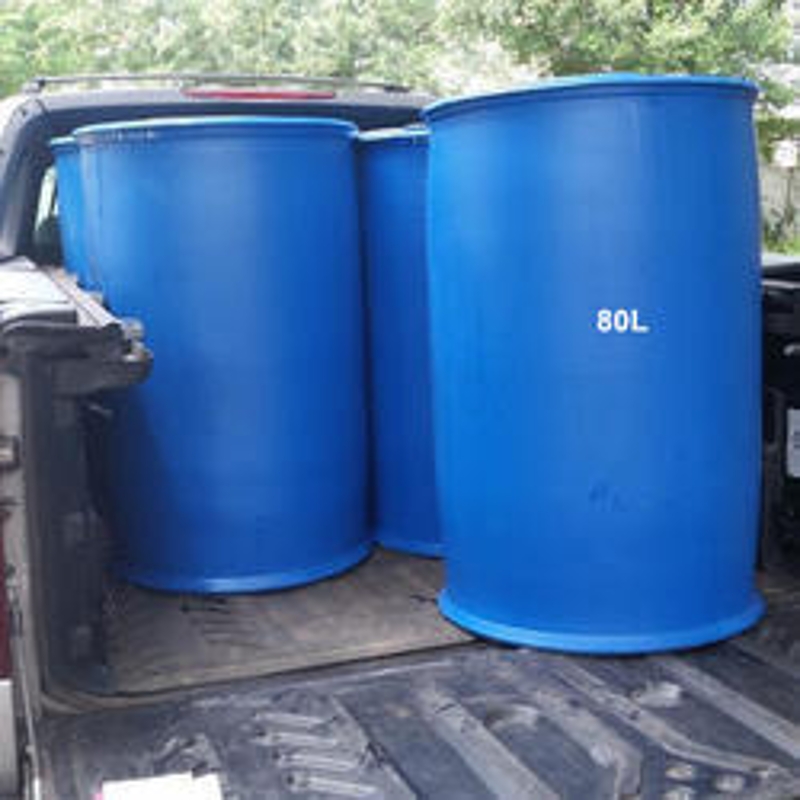-
Categories
-
Pharmaceutical Intermediates
-
Active Pharmaceutical Ingredients
-
Food Additives
- Industrial Coatings
- Agrochemicals
- Dyes and Pigments
- Surfactant
- Flavors and Fragrances
- Chemical Reagents
- Catalyst and Auxiliary
- Natural Products
- Inorganic Chemistry
-
Organic Chemistry
-
Biochemical Engineering
- Analytical Chemistry
-
Cosmetic Ingredient
- Water Treatment Chemical
-
Pharmaceutical Intermediates
Promotion
ECHEMI Mall
Wholesale
Weekly Price
Exhibition
News
-
Trade Service
【Chemical machinery and equipment network Industry dynamics】Mulch film is a tool often used in agricultural planting, mainly used to increase soil temperature, maintain soil moisture, improve fertilizer efficiency, maintain soil structure, prevent pests from invading crops and diseases caused by certain microorganisms, etc.
, can play a role
in protecting and promoting crop growth.
, can play a role
in protecting and promoting crop growth.
According to statistics, a thin layer of mulch film can be used on more than 40 kinds of crops such as grain, cotton, oil, vegetables, melons and fruits, tobacco, sugar, medicine, hemp, tea, forest, etc.
, and can increase the yield of crops by three to five percent, and at the same time the operation is simple, so it is welcomed by farmers
.
, and can increase the yield of crops by three to five percent, and at the same time the operation is simple, so it is welcomed by farmers
.
But at the same time, mulch film also has a very serious problem - plastic pollution
.
Since most of the mulch film uses PE film, as long as the composition is polyethylene, after the crop is harvested, the plastic film will remain in the soil, which is difficult to degrade, causing pollution
to the soil.
For most farmers, it is not easy
to properly and effectively recycle waste mulch film.
Mulch film, which was originally used for moisturizing, heat preservation, weed-proof and other functions, has become the "culprit" of soil compaction, and the mulch film has also fallen into the contradiction of "use and use" and "management and care"
.
.
Since most of the mulch film uses PE film, as long as the composition is polyethylene, after the crop is harvested, the plastic film will remain in the soil, which is difficult to degrade, causing pollution
to the soil.
For most farmers, it is not easy
to properly and effectively recycle waste mulch film.
Mulch film, which was originally used for moisturizing, heat preservation, weed-proof and other functions, has become the "culprit" of soil compaction, and the mulch film has also fallen into the contradiction of "use and use" and "management and care"
.
But that situation has turned around in the last two years
.
The research team of the Institute of Materials Technology has developed a special biodegradable film, which is made of polyadipic acid/butylene terephthalate (PBAT) and polylactic acid (PLA) as raw materials, using biomass straw, distillers lees, inorganic fillers, etc.
as fillers, and applying chemical modification, physical blending and process regulation technologies
.
It can replace traditional mulch film to achieve heat preservation, water retention, soil preservation, premium and other functions while taking into account the important advantages
of self-degradation.
In addition, the degradation process also releases biomass components, improving soil fertility and preparing for
the next round of planting.
It is worth mentioning that this new technology has been put into use in rural areas such as Guizhou, and the results are considerable, which has been affirmed
by the villagers.
.
The research team of the Institute of Materials Technology has developed a special biodegradable film, which is made of polyadipic acid/butylene terephthalate (PBAT) and polylactic acid (PLA) as raw materials, using biomass straw, distillers lees, inorganic fillers, etc.
as fillers, and applying chemical modification, physical blending and process regulation technologies
.
It can replace traditional mulch film to achieve heat preservation, water retention, soil preservation, premium and other functions while taking into account the important advantages
of self-degradation.
In addition, the degradation process also releases biomass components, improving soil fertility and preparing for
the next round of planting.
It is worth mentioning that this new technology has been put into use in rural areas such as Guizhou, and the results are considerable, which has been affirmed
by the villagers.
However, there is also some controversy about the environmental value of biodegradable films, and some studies have shown that even if biodegradable films are used, they will have a negative impact
on soil in the degradation process.
Therefore, there is a view that agricultural mulch film itself as an agricultural auxiliary tool, if children rely on the degradation ability of the material itself, it is not friendly
to the long-term development of agriculture.
In other words, while using degradable materials, we should also strengthen the detection and monitoring of soil, and establish a sound system for the use and recycling of mulch film, linking use, treatment and long-term management from the beginning to fundamentally maintain the long-term health of
the soil environment.
on soil in the degradation process.
Therefore, there is a view that agricultural mulch film itself as an agricultural auxiliary tool, if children rely on the degradation ability of the material itself, it is not friendly
to the long-term development of agriculture.
In other words, while using degradable materials, we should also strengthen the detection and monitoring of soil, and establish a sound system for the use and recycling of mulch film, linking use, treatment and long-term management from the beginning to fundamentally maintain the long-term health of
the soil environment.
However, on the whole, the development prospects of science and technology in the field of environmental protection are always positive, and we must give time and recognition
to the development of technology.
At the same time, the basic policy of development while governance cannot be deviated, and we must also use modern detection technology to promote the application and development of technology in supervision, ensure the environment, and stabilize the development of
agriculture.
to the development of technology.
At the same time, the basic policy of development while governance cannot be deviated, and we must also use modern detection technology to promote the application and development of technology in supervision, ensure the environment, and stabilize the development of
agriculture.
Original: To increase production, it is more environmentally friendly New materials allow farmland mulch film to be turned into fertilizer







